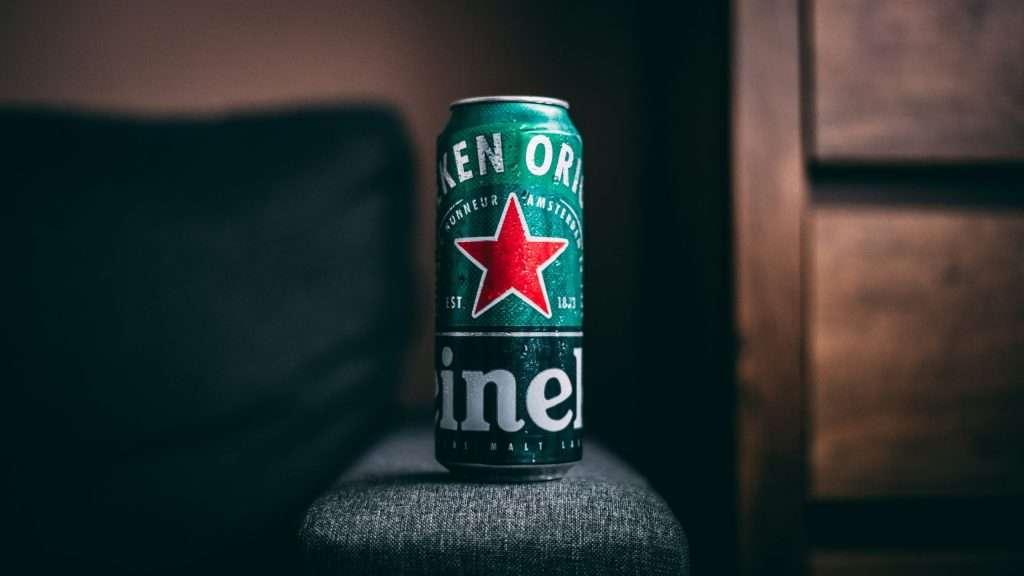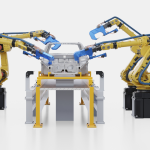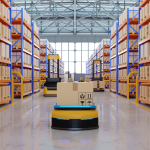Heineken is taking a significant step toward modernizing its global supply chain with a centralized approach to planning. The world’s second-largest brewer is using AIMMS’ software to develop digital tools that go beyond localized systems, allowing the company to capture efficiencies and unlock new value across its vast operations.
Streamlining Complexity Across a Global Network
Managing 160 breweries with 45 different enterprise resource planning (ERP) systems presents a significant challenge. To address this, Heineken is building business platforms around a unified SAP system, designed to standardize supply chain planning and drive innovation. These platforms serve as a foundation for digital tools that improve efficiency and support better decision-making at all levels of the organization.
A key part of this transformation is Heineken’s investment in tactical and strategic planning applications. One example is a material planning tool that dynamically adjusts packaging material plans based on marketing strategies. This tool, already in use across ten of Heineken’s operating companies, has streamlined over 1,500 packaging design changes. Another central planning application optimizes the supply of empty beer bottles, ensuring short-term supply aligns with long-term procurement agreements.
The recent closure of several European breweries reinforced the need for a centralized system to manage capacity and production flow between facilities. Heineken is also using AIMMS to support strategic planning decisions, from selecting optimal locations for new breweries to conducting sensitivity analyses that assess potential disruptions.
Sustainability at the Core of Heineken’s Supply Chain Strategy
As Heineken advances its digital transformation, sustainability remains a critical focus. The company has set an ambitious goal of achieving carbon neutrality by 2040, with an interim target of eliminating emissions from direct operations (Scope 1 and Scope 2) by 2030.
AIMMS’ platform plays a crucial role in helping Heineken meet these commitments. The software helps identify which breweries will be part of the company’s long-term network and must transition to CO2-neutral operations. It also provides insights into how water scarcity may impact production sites, allowing Heineken to plan for a more resilient and sustainable supply chain.
The Future of Centralized Planning in Brewing
By embracing a centralized approach, Heineken is positioning itself to remain agile in an increasingly complex market. The combination of digital tools, standardized planning, and a clear focus on sustainability will enable the company to respond more efficiently to shifting consumer demand, regulatory pressures, and supply chain challenges.
While many global businesses are working toward digital transformation, Heineken’s ability to integrate centralized planning with sustainability goals sets it apart. A recent article in the Harvard Business Review emphasizes the importance of such integration: “Companies that embed sustainability into their supply chains are better positioned to manage risks and adapt to disruptions.” This approach not only enhances operational efficiency but also ensures long-term resilience in a dynamic global market.
For Heineken, the move to centralized planning is not just about efficiency—it’s about long-term competitiveness in an industry that is increasingly shaped by digital innovation, resource constraints, and environmental responsibility.







